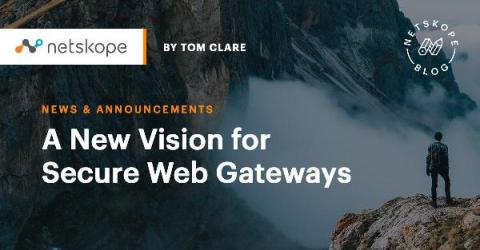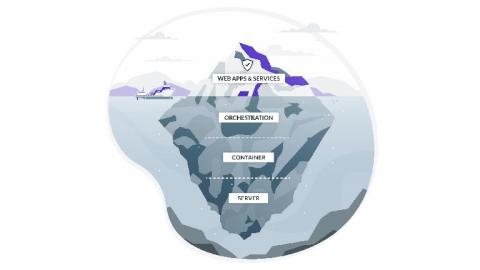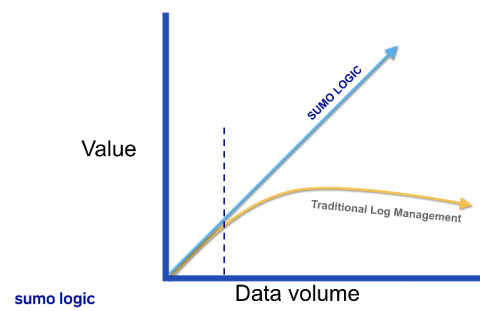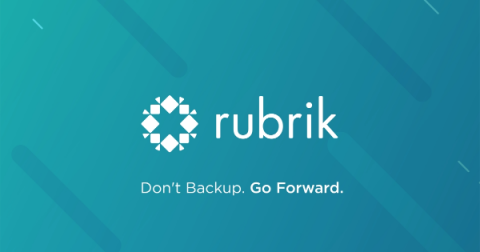A New Vision for Secure Web Gateways
In the recently released 2020 Gartner Magic Quadrant for Secure Web Gateways (SWG) report, Netskope was recognized as a visionary, entering a decades-old legacy security solution area first defined by proxy cache appliances. Times have changed since human rating labs, regional web filtering lists, the use of ICAP for threat and data protection of files, web object caching, bandwidth management, and scripting policies to filter out undesired web objects.











